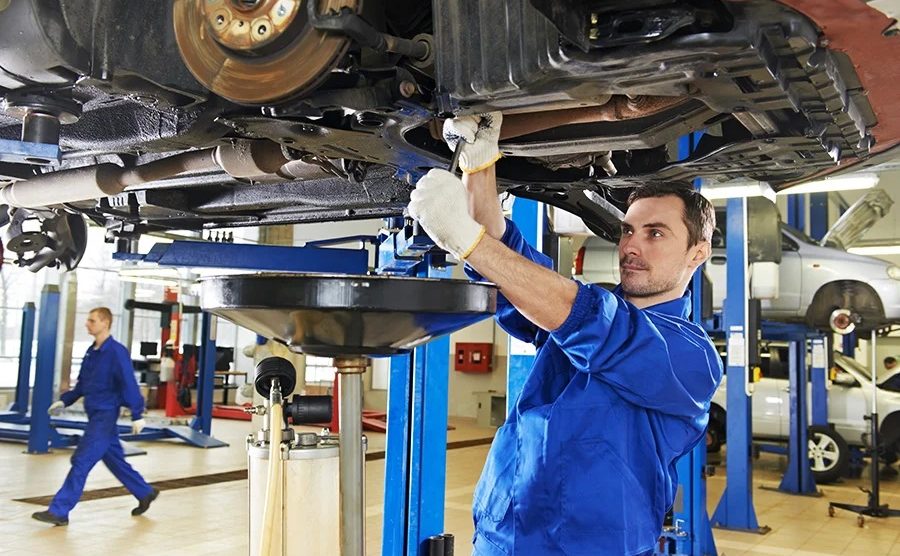Power seats have become a standard feature in many modern vehicles, offering drivers and passengers a customizable and comfortable seating experience. The power seat switch mechanisms are the key to unlocking this adjustability, acting as a driver’s control center for achieving the perfect seating position. Understanding how these mechanisms work can empower you to troubleshoot issues, maintain your seats properly, and appreciate the intricate technology that contributes to driving comfort.
Anatomy of a Power Seat Switch
The power seat switch is more than just a button or lever. It’s a complex electromechanical assembly that translates your inputs into specific movements. Typically, a power seat switch features a series of multi-directional buttons or toggles. These controls usually govern forward and backward movement, seat height (up and down), seatback recline, and sometimes lumbar support and seat cushion tilt. Each button or lever is connected to a series of electrical contacts, relays, and potentially even a microprocessor that interprets the desired movement. When you press a button, it sends a signal to a corresponding motor located beneath the seat, initiating the adjustment.
How the Mechanism Operates
The core principle behind a power seat mechanism is electro-mechanical conversion. When you engage a specific seat adjustment button, the switch sends an electrical signal to a corresponding motor. Each motor typically corresponds to a specific axis of movement: fore/aft, up/down, recline, and so on. These motors are connected to a network of gears, screws, and linkages. These components work together to translate the rotational motion of the motor into the linear motion needed to move the seat components. Limit switches are also incorporated to prevent the motor from overextending and causing damage to the mechanics. Going for the Auto Repair in Leander, TX based service is essential here.
Troubleshooting Common Power Seat Issues
Power seat problems can range from non-responsive controls to jerky movements or strange noises. One common issue is a blown fuse. Checking the fuse box is always the first step. If the fuse is intact, the problem could lie in the switch itself. Damaged or corroded electrical contacts within the switch can prevent proper signal transmission. Another possibility is a malfunctioning motor. Over time, the motor brushes may wear down, or the motor windings may short out. Inspecting the wiring harness beneath the seat for loose connections or damage is also crucial.
Maintaining Your Power Seats for Longevity
To keep your power seats functioning smoothly for years to come, regular maintenance is key. Vacuuming the area around the seat tracks can prevent debris from obstructing movement. Periodically lubricating the seat tracks and hinges with a silicone-based lubricant can also ensure smooth operation. Avoid forcing the seats beyond their intended range of motion, as this can damage the motors and linkages. Finally, address any issues promptly, such as unusual noises or slow movements, before they escalate into larger, more costly repairs. By taking these proactive steps, you can ensure that your power seats continue to provide you with comfort and convenience throughout your vehicle’s lifespan.








